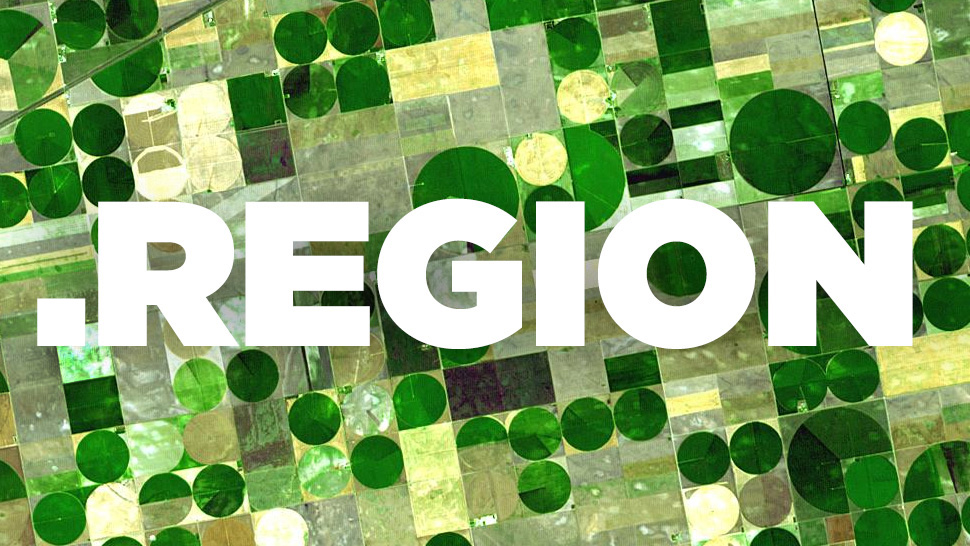Last week’s news that London had applied for a .london top level domain name (TLD) — joining a small handful of other cities and regions around the world, including .nyc and .paris — raised the question of how a city might define itself online, where the edges and outer boundaries of a city might be when you’re clicking around amidst all those 1s and 0s.
That a city needs to establish a recognisable, physical identity for itself in the real world — whether that’s through flags and official seals, or through street signs and tourist slogans — is beyond obvious, but it’s not yet clear how or even why a city would need to pursue its identity online, beyond, say, deploying a well-made municipal website.
Why become a dot-city, then, spending $US185,000 for the initial application fee, with $US25,000 of annual costs, simply to append .berlin to certain webpages? What’s benefit? These new domains are not always pretty. .hamburg? .cologne? At least Barcelona — .bcn — and New York City managed succinct abbreviations of their names. .roma, .sydney — these ungainly add-ons may not add much to the experience of typing URLs, but that’s not their point. They have the effect, instead, of extending — however virtually and metaphorically it may be — geographic markers into cyberspace, redefining the perimeter of the metropolis.
In the process, a hotel, restaurant, bar or bakery; a locksmith, plumber or architecture office; a government services firm or even a tech blog — all can now territorially mark themselves as being from, and based in, a specific city or region. This has both the positive effect of capturing local clicks and the negative effect of seeming far too insular for others to want to visit them (a plumber.nyc website will all but instantly lose appeal in the eyes of anyone even slightly outside the city).

More interestingly though, the parallel idea of creating new top level domains for non-urban regions is also being promoted as a way to acknowledge — or even to create from whole cloth — an identity that does not necessarily correspond to legally-recognised geographic boundaries. As Afilias suggests, “Smaller cities might wish to band together and submit an application for a dot Region TLD. For example, the cities of Wallonia in Belgium might submit a ‘.walloon’ to support their strong cultural and language ties and to highlight business opportunities unique to the region. Or the cities of Louisiana’s Cajun area might consider a ‘.cajun’ to demonstrate their one-of-a-kind language, cultural history and geographic proximity.” Similarly, “the inhabitants of the Catalonia region in Spain currently use ‘.cat’ to demonstrate a shared language, as well as the geographic and cultural uniqueness in this historic area.”
Of course, this also raises the possibility of creating, say, a .dharavi domain name, the sale of which would financially benefit residents of Mumbai’s famously underserved informal settlement. In other words, the strategic use or sale of a domain name could almost become a form of digital charity or net-geography activism. The goal would be to give not geopolitical but a kind of cyberpolitical visibility to overlooked, struggling, or even insurgent regions. .tamil?
A far more likely possibility, however, would be that, as top level domains continue to mutate and expand in the years to come, private real estate entrepreneurs wealthy enough — or simply gifted with long-term thinking — could preemptively apply for regional domain names that correspond to as-yet nonexistent neighborhoods or agglomerations. This would be the entrepreneurial use and creation of virtual real estate through top level domain name speculation.
The various economic goals of doing so might include, for example, adding to the appeal of moving businesses into a new development on the city’s west side in order to access some URL that, for whatever reason, has become highly desirable, or even being able to offer future residents of a building or development complex a prestigious email, like joining Amex Black.
And this is not even to mention the obvious fact that existing neighborhoods — .soho, .weho, .soma — could be joined by up-and-comers, like .nomad or .nela, instantly making them seem more like working, real neighborhoods in which homeowners and businesses might want to invest — and, why not, with deep-enough pockets, someone could even fund whole new digital regions with no geographic presence anywhere, like . argleton, or fictional trap-towns and sim cities simply for the sake of doing so.
In any case, if online domain names can be used to digitally recognise or even to authenticate a physical, geographic location, what domain names might you want to see enacted? .bucktown, .sobe, .stoke. What physical regions deserve virtual real estate — and which examples seem most absurd?
Picture: NASA/GSFC/METI/ERSDAC/JAROS, US/Japan ASTER Science Team
